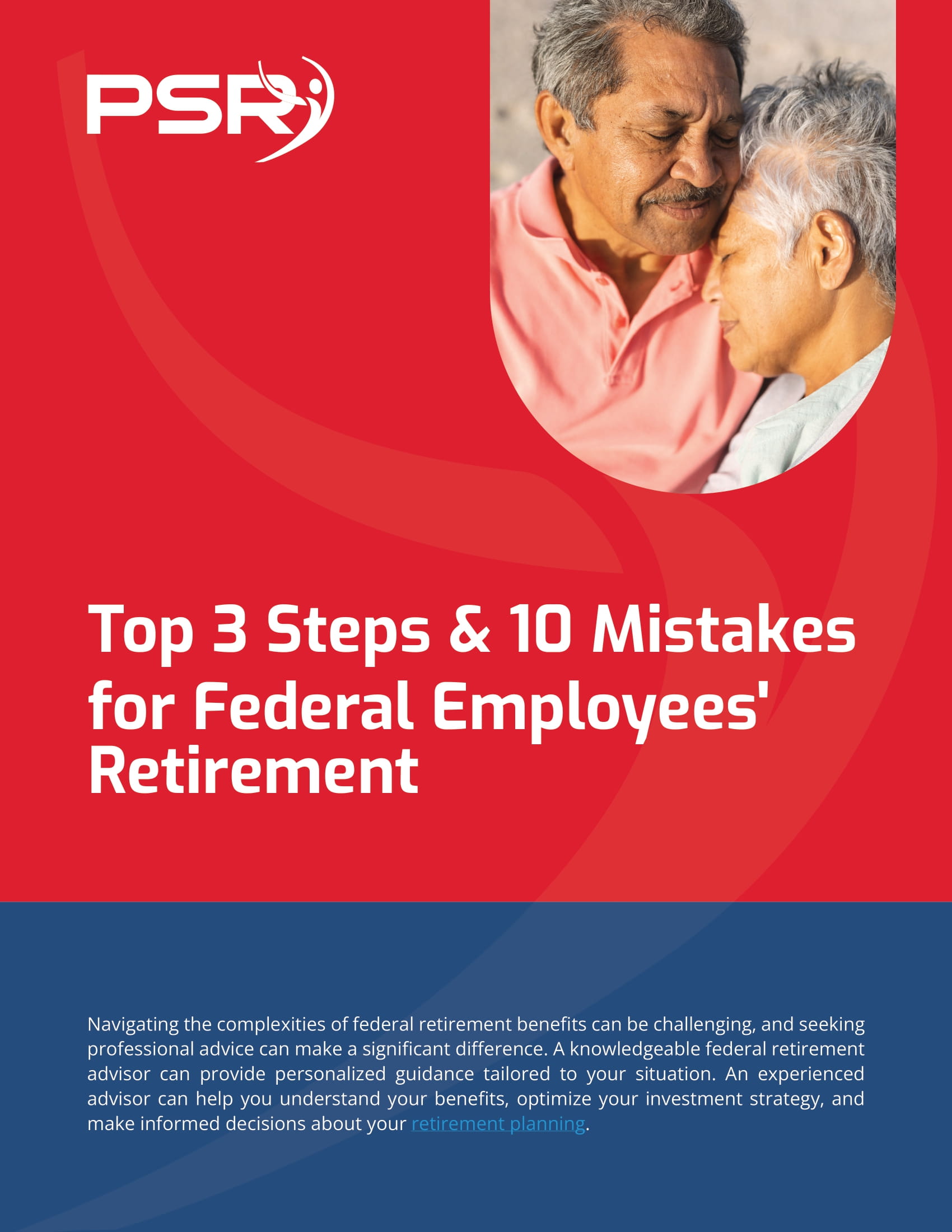Key Takeaways
-
Many retirees still underestimate their lifespan in 2025, putting their Thrift Savings Plan (TSP) assets at risk of depletion earlier than expected.
-
Planning for a 30-year or longer retirement horizon is increasingly crucial to ensure your TSP sustains your lifestyle needs without major compromises.
Why Life Expectancy Assumptions Are Changing
In 2025, Americans are living longer than they anticipated even a decade ago. Life expectancy at age 65 now often reaches into the late 80s or early 90s. Public sector retirees, with generally better access to healthcare and pension benefits, tend to experience even longer lifespans compared to the general population.
- Also Read: Dropping FEGLI Sounds Smart—Until You Realize What It No Longer Covers After Retirement
- Also Read: Hitting 20 Years in Law Enforcement? Here’s What You Can Expect From Your Pension
- Also Read: Think You Understand FERS? These Three Rules Still Confuse Even Longtime Government Employees
How Early Withdrawals Impact TSP Longevity
Starting TSP withdrawals too early or at too high a rate can significantly shorten the life of your account. If you begin withdrawing substantial amounts in your late 50s or early 60s, you must recognize that your TSP could be your income source for 30 years or more.
-
Withdrawing 4% annually at age 60 may appear sustainable.
-
But if investment returns falter or inflation rises faster than expected, your withdrawal rate may need adjustment.
-
Taking higher distributions to meet lifestyle needs could drain your TSP years earlier than planned.
Inflation’s Quiet but Powerful Impact
Inflation may seem modest in any given year, but over decades, it erodes purchasing power significantly. Even a 2% annual inflation rate over 30 years cuts the value of your money by nearly half.
In 2025, inflation remains a major retirement risk. Costs for:
-
Healthcare services
-
Housing
-
Utilities
-
Daily living expenses
are expected to outpace average inflation levels for retirees. If your TSP withdrawals are not inflation-adjusted, your “comfortable” income today could feel severely restricted two decades from now.
Required Minimum Distributions and Forced Withdrawals
Beginning at age 73, public sector retirees must start taking Required Minimum Distributions (RMDs) from their TSP. RMDs are calculated based on life expectancy factors and account balances.
In 2025, even retirees who do not need the income must withdraw and pay taxes on it. This:
-
Reduces the total account balance.
-
Limits future tax-deferred growth.
-
Increases taxable income, possibly bumping you into higher tax brackets.
RMDs can create a domino effect on longevity planning if not anticipated correctly. You could find yourself withdrawing more than planned at a time when preserving capital is critical.
Portfolio Risk and Investment Choices After Retirement
Many retirees leave their TSP invested similarly to how it was during their working years. However, retirement changes the purpose of your portfolio from growth to preservation and income.
Staying heavily invested in:
-
Aggressive stock funds
-
Highly volatile options
could expose your TSP to severe losses during market downturns. Recovering from large losses becomes exponentially harder in retirement because you are simultaneously drawing income.
On the other hand, becoming too conservative could prevent your TSP from growing enough to keep pace with inflation. Balancing risk and return is more delicate in 2025 than ever before.
Healthcare Costs: The Wildcard for TSP Longevity
Healthcare costs continue to rise faster than general inflation. Even with coverage options like FEHB or Medicare, you will still face significant out-of-pocket expenses.
Typical costs that strain TSP balances include:
-
Long-term care
-
Co-payments and deductibles
-
Dental and vision care
The risk of needing extended care services, such as assisted living or skilled nursing, dramatically increases after age 80. Without proper planning, healthcare could become the single largest expense eating away at your retirement assets.
The Psychological Impact of Running Low
Running low on TSP funds does not just create financial problems; it creates emotional stress. Studies show retirees who worry about outliving their assets report higher levels of:
-
Anxiety
-
Depression
-
Physical health problems
Having a sustainable plan allows you to spend more confidently and enjoy your retirement years instead of living in fear of financial depletion.
Common Pitfalls That Shorten TSP Lifespan
Several habits or misunderstandings can quietly sabotage your TSP longevity:
-
Ignoring longevity risk: Assuming a 15-20 year retirement instead of 30-35 years.
-
Overspending early: Frontloading retirement with large withdrawals for travel, luxury purchases, or major home improvements.
-
Failing to adjust withdrawal rates: Continuing fixed withdrawal amounts even when account balances drop.
-
Underestimating taxes: Forgetting that every traditional TSP withdrawal (except Roth balances) is taxable income.
-
Neglecting inflation: Assuming today’s withdrawal amount will always meet tomorrow’s needs.
Strategies to Extend Your TSP
Thankfully, there are several approaches you can take in 2025 to better ensure your TSP survives your full retirement:
-
Delay withdrawals if possible: If you have other income sources, delaying TSP distributions lets your balance grow longer.
-
Use dynamic withdrawal strategies: Adjust your withdrawal amounts based on account performance and market conditions.
-
Plan for inflation: Build annual cost-of-living increases into your spending plan.
-
Diversify investments thoughtfully: Maintain a balance of growth and conservative assets.
-
Prepare for healthcare expenses: Set aside specific reserves for future medical costs.
-
Consider annuitizing a portion: Converting part of your TSP to a lifetime income stream could provide financial security.
Planning for a Longer Retirement Is Not Optional Anymore
If you retire at 60 in 2025, it is entirely realistic to plan for living until 90 or longer. That is a 30-year retirement period.
Even starting at 65, you should anticipate a 25-year or longer need for your TSP to provide income. Shortchanging this timeline means exposing yourself to substantial risk later in life when you have the least ability to correct course.
You must build a plan today that accounts for:
-
Longer life spans
-
Inflation impacts
-
Unexpected expenses
-
Changing market conditions
How a Licensed Professional Can Help
Retirement planning is increasingly complex in 2025. A licensed professional listed on this website can help you:
-
Review your TSP withdrawal strategy.
-
Forecast how long your assets may last based on different spending patterns.
-
Implement strategies to stretch your TSP over a longer retirement.
Without expert advice, it is easy to overlook critical factors that could jeopardize your future financial security.
Securing the Future You Worked For
Your TSP represents decades of hard work, discipline, and dedication. In 2025, preserving that effort through careful, forward-looking planning is one of the best gifts you can give yourself.
Do not leave your future to chance. Reach out to a licensed professional listed on this website for personalized assistance in securing your TSP longevity. Thoughtful decisions today could mean decades of financial peace tomorrow.









